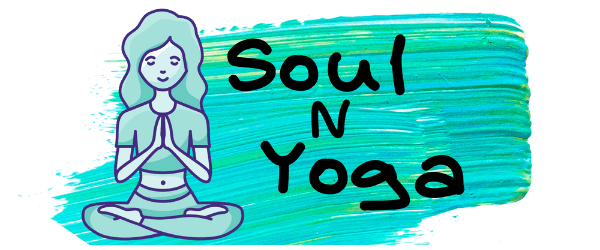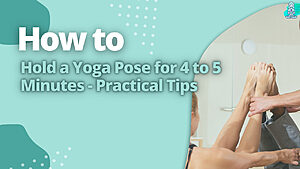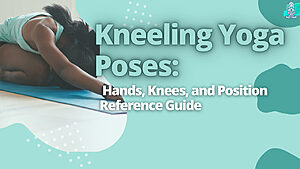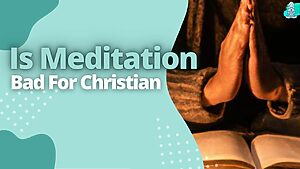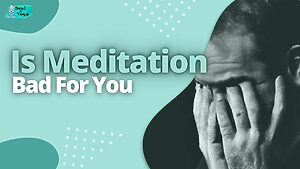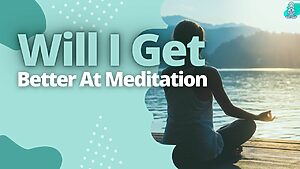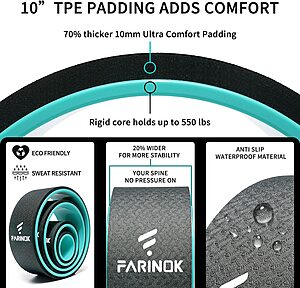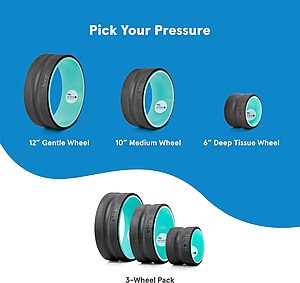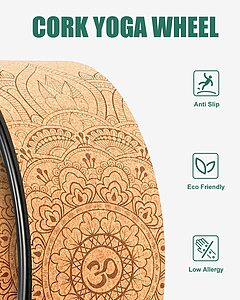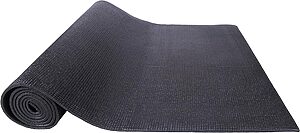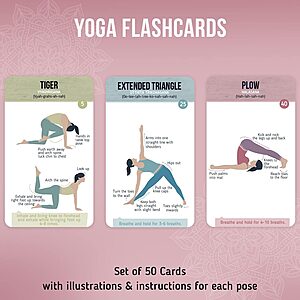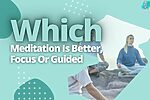When it comes to meditation, there are a lot of misconceptions out there. People think that you need to be religious or spiritual to meditate when in reality, anyone can benefit from the practice.
So, what do you need for meditation? Contrary to what many people think, all you actually need is yourself. That said, a few things can make your meditation practice more comfortable and effective.
In this blog post, I’ll share with you some of the things I use for my practice and tips for getting started. Read on for everything you need to know about meditation.
Key Takeaways
- Meditation is an effective way to focus and calm the mind.
- To meditate effectively, you will need a comfortable place to sit or lie down and some form of distraction-free environment.
- To assist you in finding a comfortable position, you may also want to think about employing props like cushions or blankets.
- Once comfortable, simply close your eyes and focus on your breath.
- With practice, you will be able to quiet your mind and achieve a state of peace and relaxation.

Here’s The Answer To What Do You Need For Meditation
Meditation is an ancient practice that has been around for centuries. It is a quick and easy approach to concentrating, relaxing, and discovering inner peace.
Here are a few things you need for meditation:
- A comfortable place to sit or lie down: You don’t need a special meditation space or cushion. Just locate a quiet area where you can relax while sitting or lying down.
- A mantra: A mantra is a word or phrase that you repeat during meditation. It may be “om,” “peace,” “love,” or anything else that has special importance for you.
- Compassion: Meditation is about being kind to yourself and others. When your mind wanders during meditation, simply bring it back with compassion and patience.
- Twitter: For people new to meditation, social media can be an excellent resource. Many resources are available on Twitter, including @headspace (a popular meditation app) and @zen_habits (a blog about simplifying your life).
- A timer: If you’re new to meditation, it can be helpful to set a timer for 5-10 minutes, so you don’t have to worry about how long you’ve been meditating.
- Upright posture: Sitting upright with your spine straight helps you stay alert and focused during meditation. However, if sitting upright is not comfortable for you, then feel free to lie down. Just make sure your head, neck, and shoulders are supported.
A Comfortable Place To Sit Or Lie Down
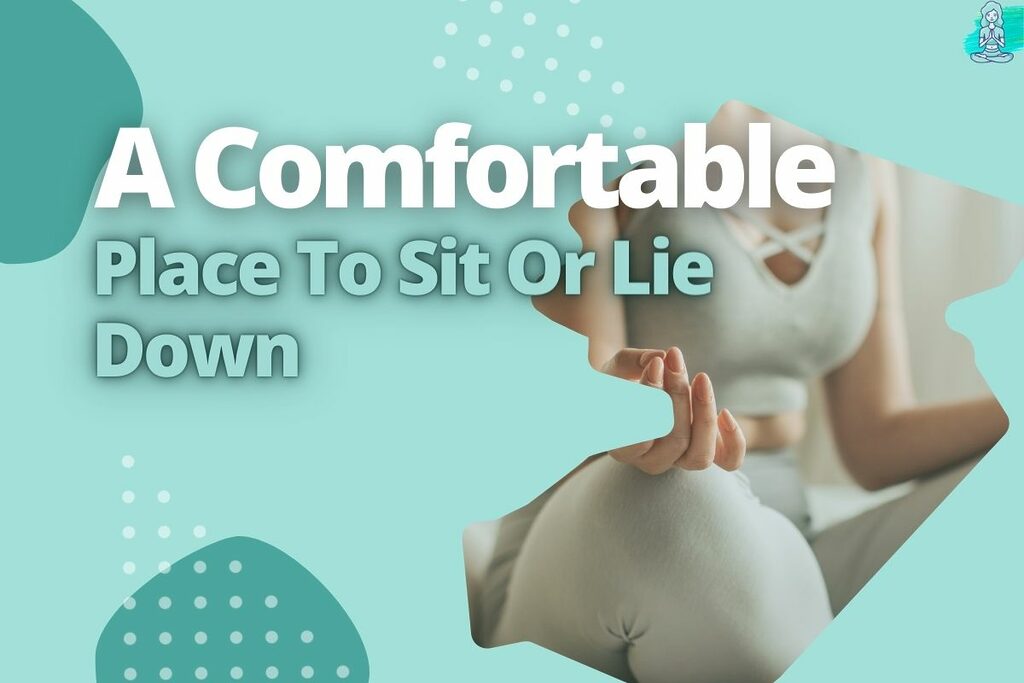
Meditation is a mental exercise. You might think that you can meditate anywhere and at any time. Still, if your body isn’t relaxed and comfortable, your mind won’t be either.
If you’ve never meditated before, start with a short period of time—even five minutes is wonderful. Locate a peaceful area where you may relax and not be bothered by people.
Allow yourself enough time so that you won’t feel rushed or under pressure to finish by the deadline.
- If sitting in a chair or on the floor doesn’t work for you, many other positions may be more comfortable:
- Lying down lengthwise on an exercise mat with pillows under each shoulder blade and below the knees.
- Use two bolsters (yoga props) placed at right angles, one in front of the shoulders and one in the back.
- Sitting cross-legged on cushions or pillows; kneeling while leaning against cushions placed behind each knee.
- Kneeling facing forward with legs straight out behind like a goddess poses.
The possibilities are endless! Before settling on a posture that feels good, you might want to test a few other ones.
Loose, Comfortable Clothing
I’ve been practicing meditation since I was a young child, and although I’ve tried many different sitting positions and outfits, I’ve found that loose clothing is the most comfortable.
Loose clothing allows for better breathing, which helps with relaxation and focus.
It’s also important for comfort—you’ll be able to focus on your body’s movements more easily when you’re not distracted by wearing something uncomfortable (or tight).
A Straight Spine
To achieve a straight spine during meditation, you need to first be aware of how you’re sitting. Your hands should be in your lap with your palms facing up while you cross your legs on the floor.
If you cannot sit this way, try sitting on a chair and placing one hand on each knee.
During meditation, be aware of any forward tilting or slouching. Try tensing the muscles along your body’s back and holding them for a few seconds before relaxing them again.
This will help keep everything aligned and prevent pain from setting in later (or worse—hurting another person when they sit next to you).
A Calm Mind
To meditate, you need a calm mind. That’s it! “Ahh! This sounds easy!” you might say. “I have an incredibly calm mind!”
Well, congratulations on your ability to remain at ease under pressure. But if your life is anything like mine (and I’d bet it is), then maybe some of these tips will help:
- Be present at the moment—don’t worry about the past or future; just focus on what’s happening right now. Allow them to be and do your own thing without worrying about what they are doing.
- Don’t worry about tomorrow—how much time do we spend worrying about what we have to do tomorrow? The answer is too much. It can make us feel depressed and keep us from appreciating the present.
- Put off anything important that needs to be done at work tomorrow morning until after work tonight so that when you get home, all of your energy can be focused on spending time with friends or family members rather than feeling stressed out by mounting obligations. Don’t worry about anything that is not directly related to whatever activity you are currently engaged in.
Focus On Your Breath
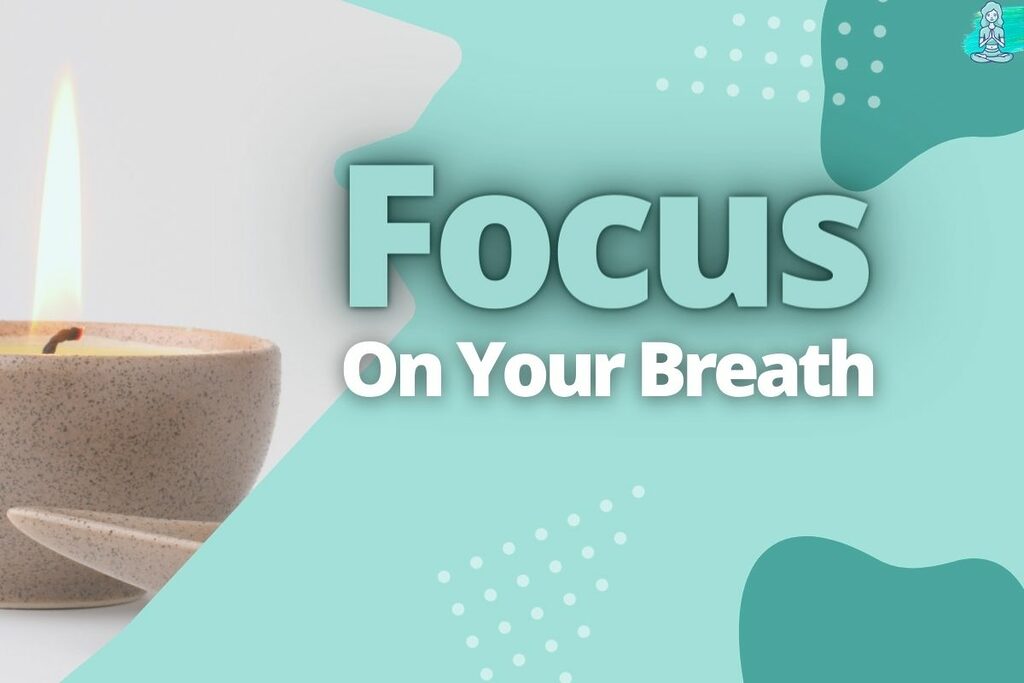
Concentrate on your breath as you begin to meditate. Your breathing will slow and deepen as you do so, which can help you relax.
Spend five minutes concentrating on the sensation of breathing in and out through your nostrils.
Don’t be upset if other thoughts enter your head; simply be aware of them, let them pass, and then come back to concentrating on your breath.
An Object To Focus On
The object you choose to focus on can be anything—a candle, a statue of the Buddha, or an apple. The idea is that it should be something you can see clearly and is not moving.
It should also not be too bright or too dark in color so that it’s easy for your eyes to focus on it. An object that’s too small may also cause problems because you’ll have trouble focusing your eyes without wandering away.
A Comfortable Temperature
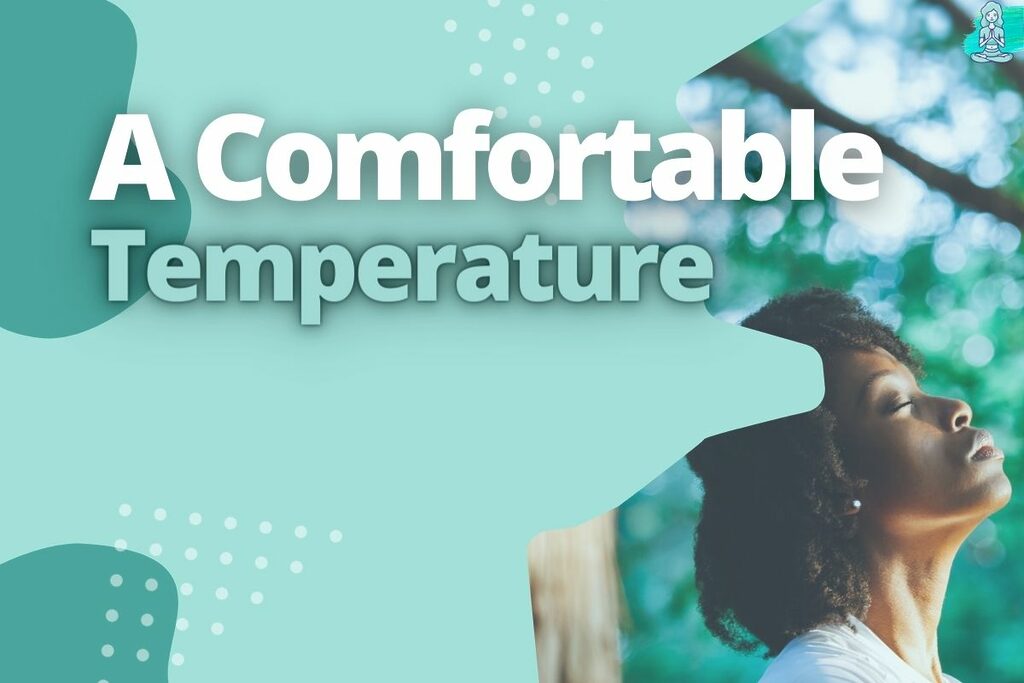
You’ve found a quiet place to practice, and you have everything else you need. But there’s more thing that can make or break your meditation experience: temperature.
Too hot or cold is not good for meditating energy flow because it can cause shivering or sweating. To concentrate on what matters most—your breath and thinking mind—you want to be in a setting that feels cozy and unhurried.
If it’s too warm, it might make you drowsy; if it’s too cool, you might feel like your nose is freezing off (which isn’t great for concentration).
The ideal temperature for meditation would be somewhere between 68°F/20°C—72°F/22°C because this will prevent shivers from kicking in but also won’t overheat anyone who likes warmer temperatures.
Things You Need To Prepare Yourself For Meditation
- Breathe deeply.
- Relax your body.
- Relax your mind.
I also suggest setting aside time for meditation, finding a quiet place to meditate, and having a clear goal for your meditation session before beginning. In addition to that, be prepared for distractions.
No matter how many times I tell myself that I can’t meditate when I’m having breakfast or going down the street, I still find it difficult to do (or anything else). My mind still finds ways of wandering off when I try to focus on my breath.
And then I think about something else entirely before realizing what happened with a start.
What Do You Need To Improve Your Meditation Technique?
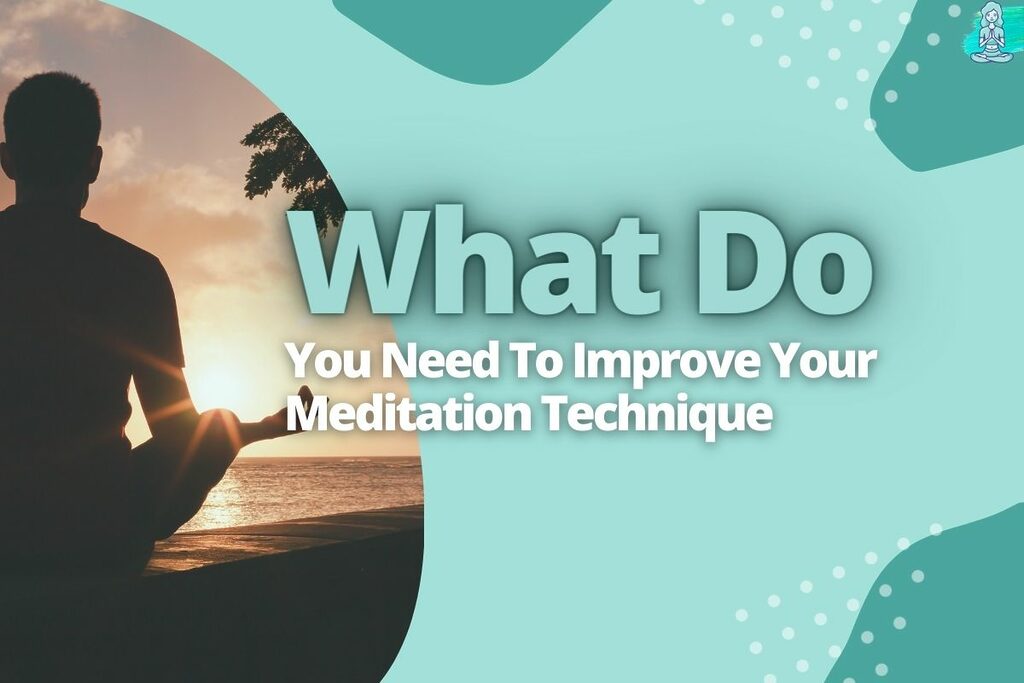
You’ll likely already have many things you’ll need to improve your meditation technique. Three of the most crucial elements for meditation are a calm state of mind, a straight spine, and a quiet area to sit or lie down.
Focus on your breath as it goes in and out of your nose. Try focusing on an object instead of your thoughts if you find yourself becoming sidetracked by them; a candle flame or some flower petals are good choices.
If all else fails, try meditating in an environment with a comfortable temperature; sitting outside during winter is usually not conducive to getting into a deep state of relaxation.
Conclusion
When it comes to meditation, there are a few key things you need to get started. You need a quiet place to meditate. You can do this anywhere in your house, where you can sit or lie down quietly.
You need comfortable clothing that won’t distract you from your meditation. You need a cushion or mat to sit on. By doing this, you’ll be able to maintain your comfort and keep your legs from dozing off.
You need an app or guidance from a teacher to help you get started with the basics of meditation. So there you have it! These are the four things you need to start meditating.
If you have these things, you’re ready to start your journey to inner peace. Thanks for reading! Check out our other articles on meditation and mindfulness for more tips and advice.
Frequently Asked Questions
What are some calming sounds to listen to while meditating?
Some people find that listening to soft music, nature sounds, or recordings of meditation experts can help calm the mind and facilitate relaxation.
Can meditation help me focus and improve my concentration?
Yes, meditation has been shown to improve focus and concentration by helping you calm the mind and clear away distractions.
What should I do if my mind wanders during meditation?
If your mind is wandering, you can use the techniques described in our article on how to meditate with mindfulness to bring your attention back to the meditation practice.
How do I know if I’m doing meditation correctly?
One of the best ways to know if you’re meditating correctly is to practice with a mindfulness app or meditation teacher. These resources will guide and help you meditate in the most effective way possible.
My name is Mugen Seki, and I’m a painter and yoga enthusiast who is passionate about bringing together art and exercise in ways that help people connect with their inner selves. When I’m not painting, I’m practicing yoga. And when I’m not doing either of those things, I’m usually thinking about them.
- How to Hold a Yoga Pose for 4 to 5 Minutes – Practical Tips
- A Guide to Finding the Perfect Yoga Mat for Carpet Floors
- Kneeling Yoga Poses: Hands, Knees, and Position Reference Guide
- Is Meditation Bad For Christians (The Surprising Answer)
- Is Meditation Bad For You (Don’t Believe Everything)
- Will I Get Better At Meditation (Understand The Secret)
